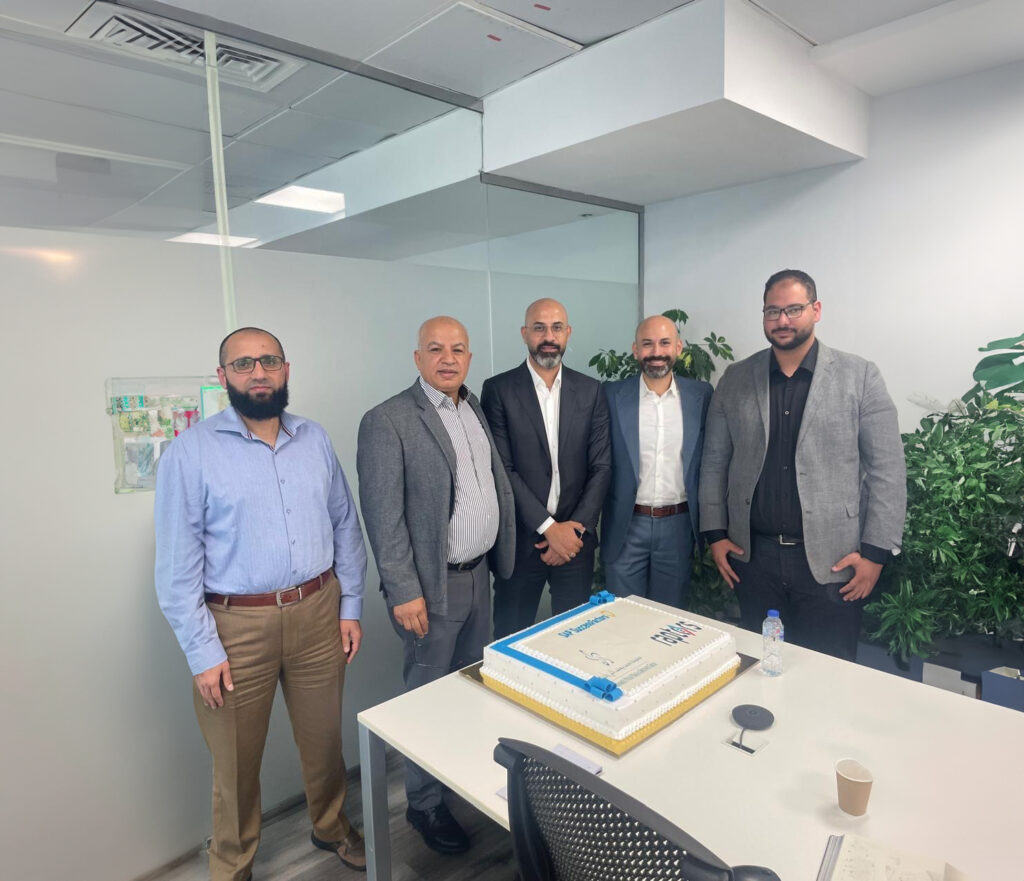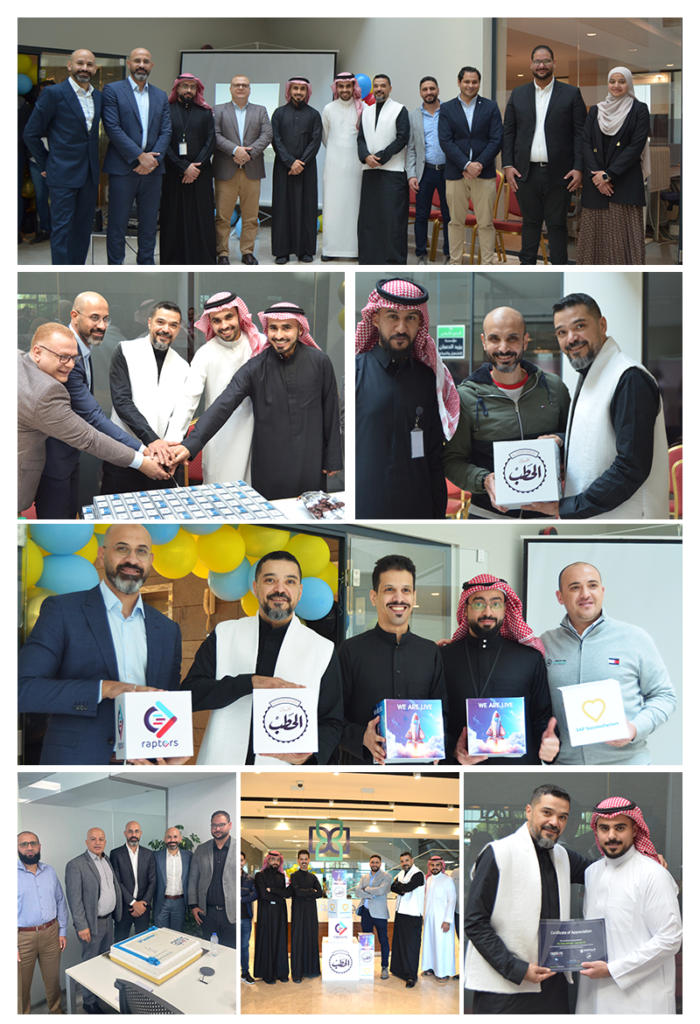
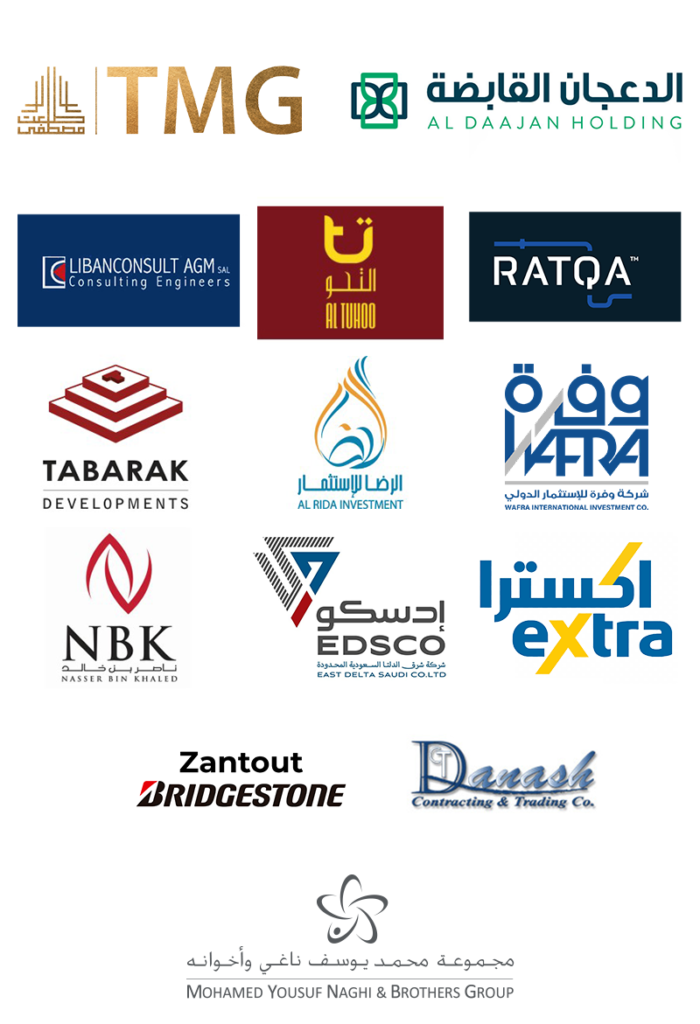
“We thank Raptors Company for their help in achieving our goals. We are currently in the implementation phase and God willing, things are good, especially in the continuous support, answering questions, collecting requirements and implementing them, and the clarification sessions related to all the Excel sheets that were shared with us, answering inquiries and clarifying them. We appreciate their efforts and God willing, we will achieve a great accomplishment with them.”



DAJAAN Holding, embarked on a transformative journey to modernize its HR solution. The project aimed to replace its outdated on-premise HR solution and in-house developed self-services with modern, scalable alternative; with a vision to enhance employee experience and streamline HR processes.
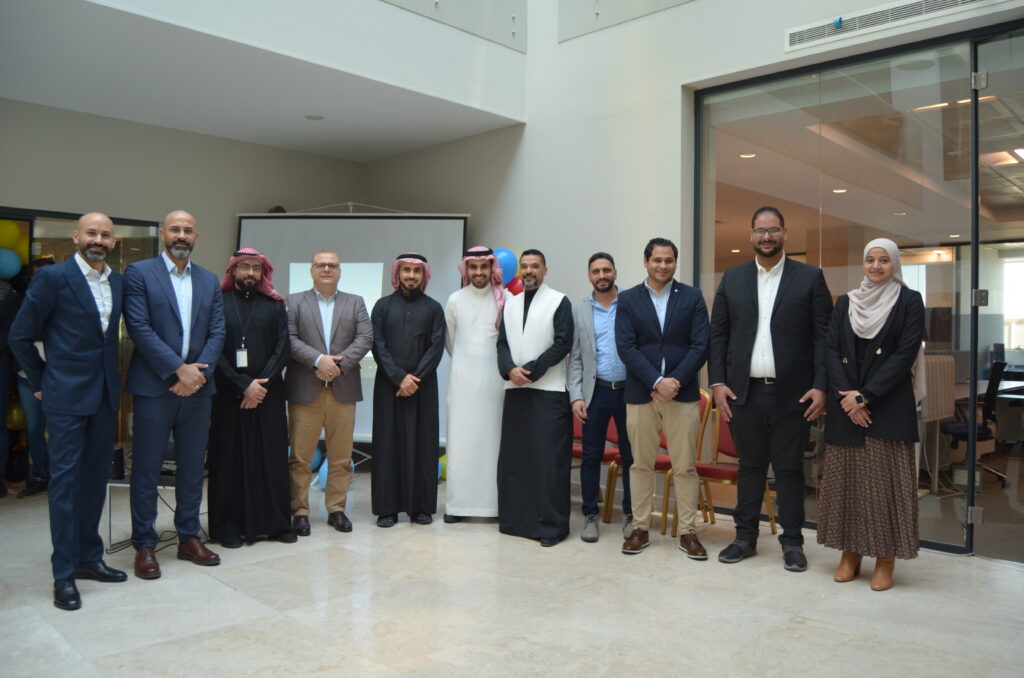


In a dynamic corporate landscape, a prominent client faced severe challenges in managing employee time attendance. With multiple time machines scattered across various branches, the client struggled with ineffective data usage and a lack of cohesive tracking. The need for a streamlined and intelligent solution was evident.
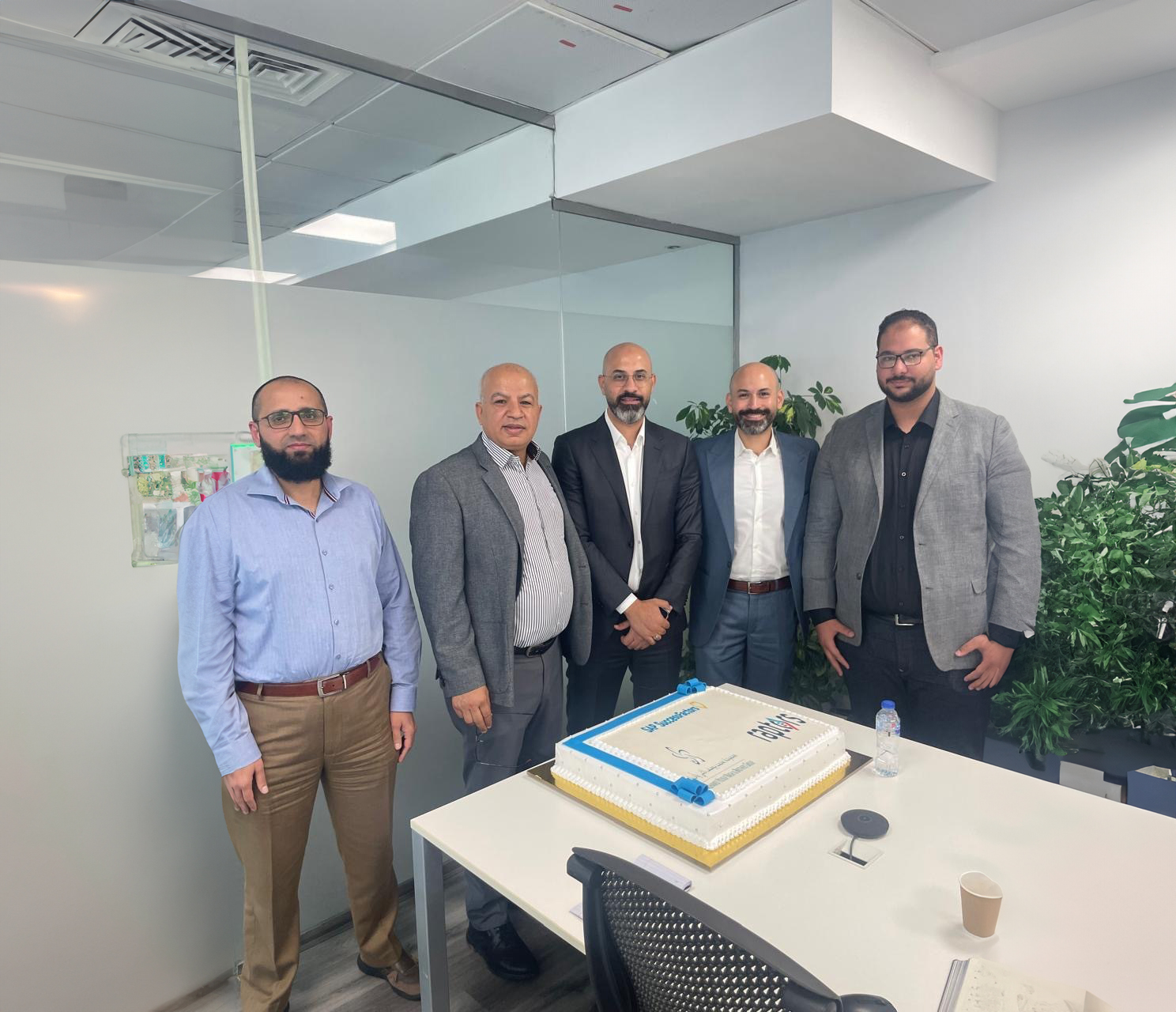
The client encountered several critical issues:

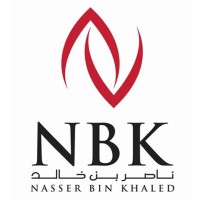
Primary objective of the project is to create a unified global template and harmonize business processes across NBK’s extensive network of entities. This initiative is driven by the vision of streamlining operations, optimizing resources, and fostering consistency in performance across the organization.
